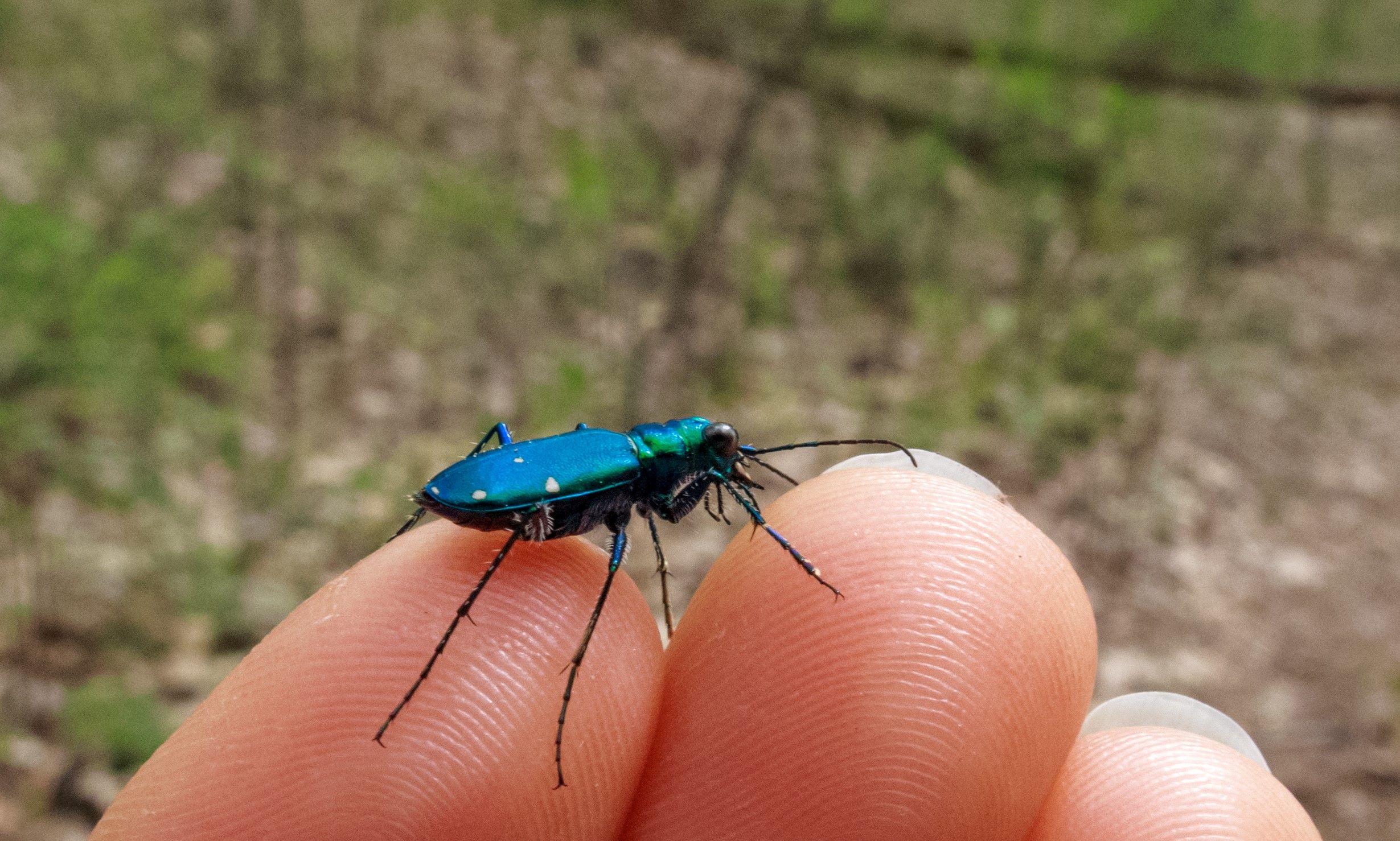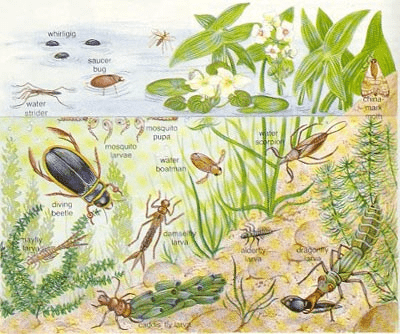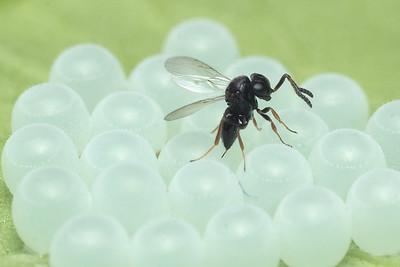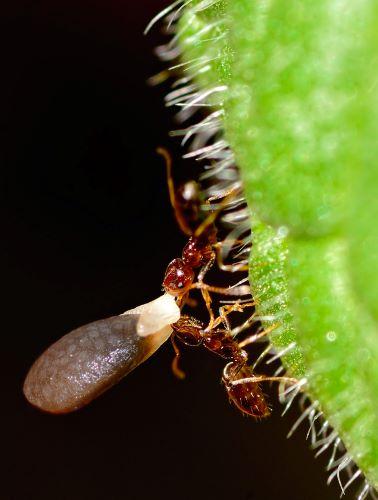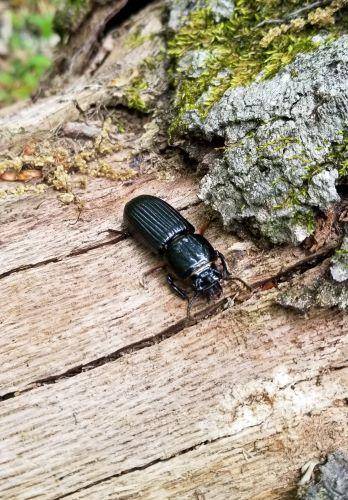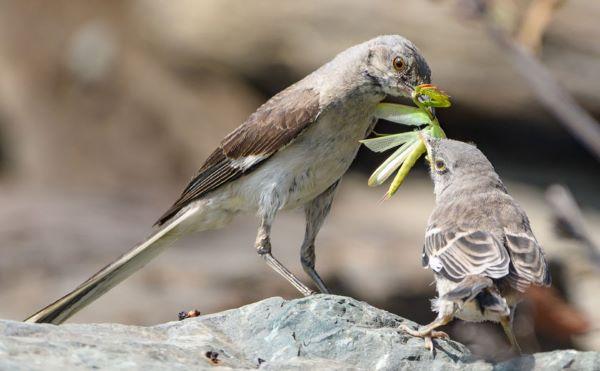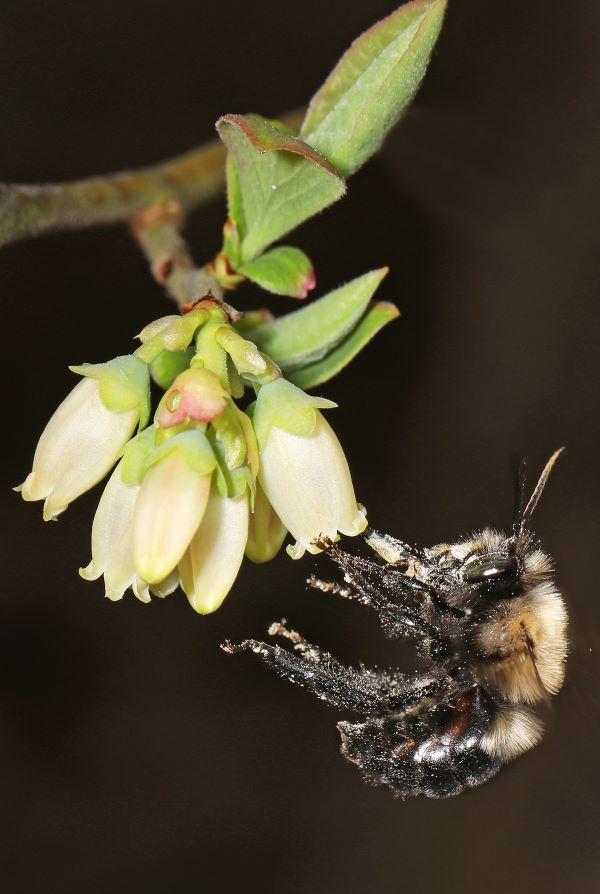Why should I want bugs, insects, and creepy crawlies in my yard or green space?
Insects are an incredibly diverse group of organisms, with 91,000 described species in the United States and likely an equal number yet to be described by scientists. Only an exceedingly small fraction of these species ever have negative impacts on humans as “pests” (<1% of species). Often the overabundance of pest species is due to human agricultural and landscape practice choices. The vast majority of insects in shared spaces with humans like yards and parks are going about their own lives. In addition to being fascinating creatures deserving of habitat in their own right, they also often contribute to unnoticed but very important tasks that help humans, termed “ecosystem services.” The next time you see one of these critters in your yard, consider thanking them rather than smashing them.
What are ecosystem services?
Ecosystem services are benefits that humans gain from the environment. Examples of ecosystem services include water filtration, raw material production, erosion control, and pollination. Some ecosystem services, like the maintenance of atmospheric gasses (e.g. plants remove carbon dioxide and produce oxygen that humans breathe), are noticeable and directly impact our everyday lives. On the other hand, services like decomposition may go unnoticed because they indirectly affect us.
Insects (and their arthropod relatives like spiders and earthworms) play vital roles in many ecosystem services. This is often due to insects interacting with plants in some way, though insects also provide food for many other animals. Below are some examples of the ecosystem services that insects contribute to.
